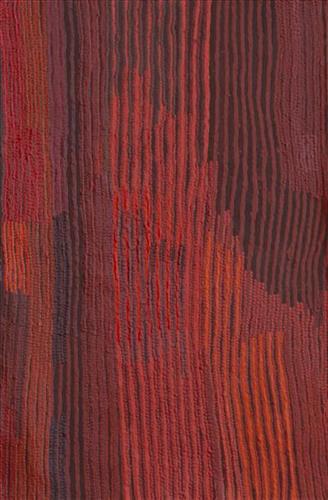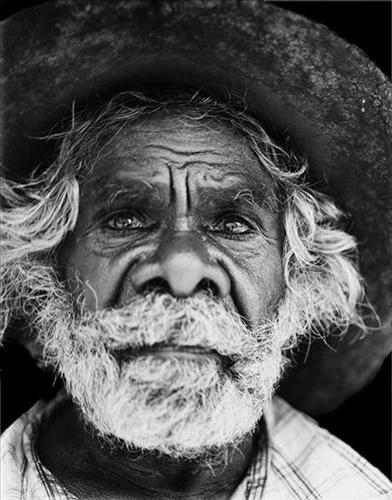111581692877
Nyurnma near Punmu
“Nyurnma- burnt area North from Punmu, sandhill Country.
One big one no yukuri (green) left. Last year [2018] no rain yet. Big area from lighting did it, it started that waru (fire). It kept burning from the westerly wind turning it Kakarra (East) [moves hands around gesturing the fire moving around].
That burning was moving around, no rocks only kurrmalyi (sandhill Country) tuwa, tuwa, tuwa (many sandhill) and waru (fire)
I went up in the helicopter from Punmu and saw that Country. That time the waru finished the country was clear- good for hunting, you can easily see the tracks. Plenty parnajarrpa (sand goanna) there. Big one nyurnma only. It was a no good feeling- really big one, out of control [The fire was burning a large area of country and became out of control]. Long time ago in pujiman (traditional, desert-dwelling) times same way- big fires would start from lighting. Here is the red dirt, marked little bit like the colours left after a camp fire, but from lighting here now.”
Martu artists paint Country in all it’s different seasonal stages. Important to Martu, and to Martu Country, is the practice of waru (fire burning); a practice that assists with hunting, regenerates growth, and encourages greater diversity in plant and animal life. When Martu Country burns, mosaic fire scars are left on the Country, and patches of regeneration form a kind of mosaic pattern across the land. This is called nyurnma – burnt Country. Waru is typically burnt in small, controlled areas, leaving a defined patchwork pattern of nyurnma in the land, across tali (sand hills), linyji (clay pans), parulyukurru (spinifex country) and pila (sandy plains). This patterning is clearly visible in Martumili Artists works, where they paint Country from an aerial perspective.




